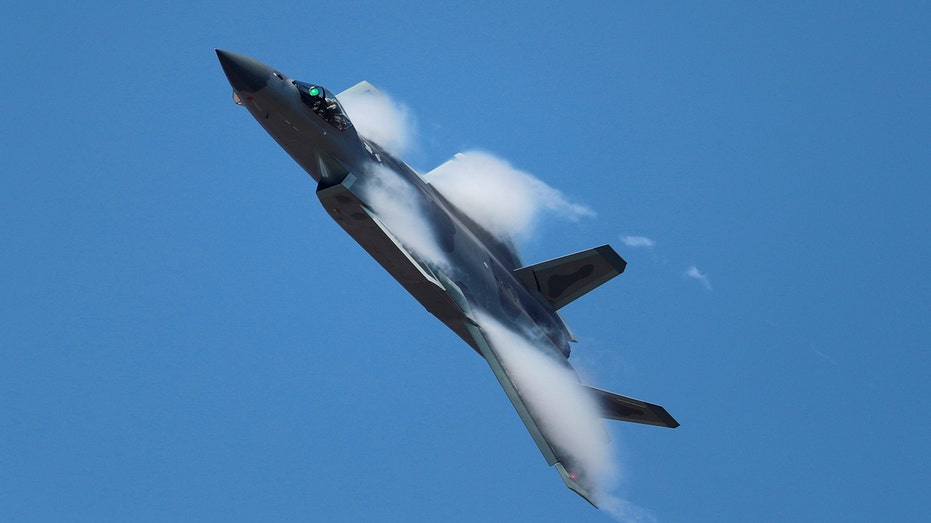Read the full story here.
From new stealth bombers to AI-enabled drones, the U.S. and China are reshaping airpower for a Pacific showdown — each betting its technology can keep the other out of the skies.
The U.S. is charging ahead with its next-generation F-47 fighter, while China scrambles to catch up with jets designed to match the F-35 and F-22.
After a brief program pause in 2024, the Air Force awarded Boeing the contract in March for the F-47, a manned sixth-generation fighter meant to anchor America’s next air superiority fleet. The first flight is expected in 2028.
At the same time, the B-21 Raider, the stealth successor to the B-2, is deep into testing at Edwards Air Force Base. The Air Force plans to buy at least 100 Raiders — each built to survive inside heavily defended Chinese airspace.
The Pentagon is also betting on Collaborative Combat Aircraft, or CCAs — drones designed to fly alongside fighters as “loyal wingmen.” Prototypes from Anduril and General Atomics are already in the air. Officials say CCAs will let one pilot control several drones at once.
China outpaces the rest of the world in the commercial drone market, but that doesn’t necessarily give it the advantage from a military perspective.
“I’m not




















Articles written by Lance Haynie are licensed under a Creative Commons Attribution-NonCommercial-ShareAlike 4.0 International License.
The views and opinions expressed are those of Lance Haynie, and do not represent the official position of his employer or any affiliated organization.